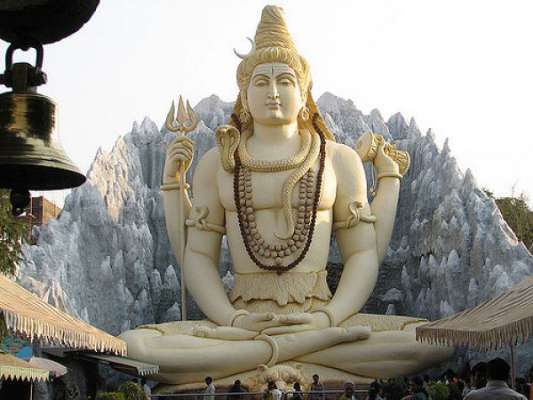As the auspicious day Maha Shivratri is just around the corner. We are going to tell you some importance of Ancient Lord Shiva Temples in an axis, Have a look.
Ancient Lord Shiva Temples Ekambreshwar-Kanchipuram-(Earth), Arunachaleshwar-Tamilnadu (Jambukeshwar)-(fire), Tiruvanaikval (Tamilnadu)- (Water), Nataraj (Tamilnadu) Chidambram- ( Space ) and Kalahasti (Andhra Pradesh) – (Air)
Hindu temples are home to several sets of beliefs, faiths, values and varied forms of worship. Temples underline a strong link between God, human and universality in a designated sacred place.
A Hindu Temple is fundamentally based on a sacred geometrical design based on Vastupurush mandala and ancient Vastu principles. Among the prominent features of Vastu, East direction is considered auspicious and sacred as Sun rises from that direction. Sun brings light and life to planet earth. An ideal temple construction takes into account the directions, entrances, placement of deity and various other aspects. These guidelines to build a temple have been well enshrined in many ancient scriptures including Mayamatam and Manasara.
Lord Shiva has five major temples built in its name and are based on Panchbhootas/tatvas i.e. Earth, Fire, Water, Fire and Space.
These 5 specific Shiva temples are:
1. Ekambreshwar-Kanchipuram-(Earth),
2. Arunachaleshwar-Tamilnadu (Jambukeshwar- Thiruvannamalai)-(fire),
3. Tiruvanaikval (Tamilnadu)- (Water),
4. Nataraj (Tamilnadu) Chidambram- (Space) and
5. Kalahasti (Andhra Pradesh) – (Air)
These 5 Shiva temples based on 5 elements were constructed to worship the Supreme Being and are unique in every sense as all were built as per accurate Vastu principles.








